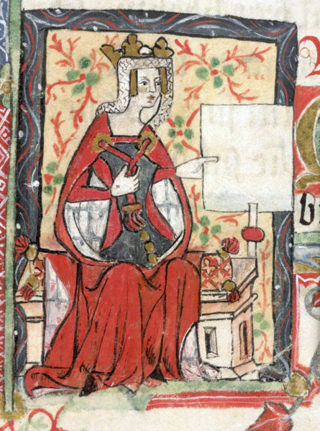| Millennium: | 2nd millennium |
|---|---|
| Centuries: | |
| Decades: | |
| Years: |
| 1060 by topic |
|---|
| Leaders |
| Birth and death categories |
| Births – Deaths |
| Establishments and disestablishments categories |
| Establishments – Disestablishments |
| Gregorian calendar | 1060 MLX |
| Ab urbe condita | 1813 |
| Armenian calendar | 509 ԹՎ ՇԹ |
| Assyrian calendar | 5810 |
| Balinese saka calendar | 981–982 |
| Bengali calendar | 467 |
| Berber calendar | 2010 |
| English Regnal year | N/A |
| Buddhist calendar | 1604 |
| Burmese calendar | 422 |
| Byzantine calendar | 6568–6569 |
| Chinese calendar | 己亥年 (Earth Pig) 3757 or 3550 — to — 庚子年 (Metal Rat) 3758 or 3551 |
| Coptic calendar | 776–777 |
| Discordian calendar | 2226 |
| Ethiopian calendar | 1052–1053 |
| Hebrew calendar | 4820–4821 |
| Hindu calendars | |
| - Vikram Samvat | 1116–1117 |
| - Shaka Samvat | 981–982 |
| - Kali Yuga | 4160–4161 |
| Holocene calendar | 11060 |
| Igbo calendar | 60–61 |
| Iranian calendar | 438–439 |
| Islamic calendar | 451–452 |
| Japanese calendar | Kōhei 3 (康平3年) |
| Javanese calendar | 963–964 |
| Julian calendar | 1060 MLX |
| Korean calendar | 3393 |
| Minguo calendar | 852 before ROC 民前852年 |
| Nanakshahi calendar | −408 |
| Seleucid era | 1371/1372 AG |
| Thai solar calendar | 1602–1603 |
| Tibetan calendar | 阴土猪年 (female Earth-Pig) 1186 or 805 or 33 — to — 阳金鼠年 (male Iron-Rat) 1187 or 806 or 34 |

Year 1060 ( MLX ) was a leap year starting on Saturday (link will display the full calendar) of the Julian calendar. It was the 1060th year of the Common Era (CE) and Anno Domini (AD) designations, the 60th year of the 2nd millennium, the 60th year of the 11th century, and the first year of the 1060s decade.




